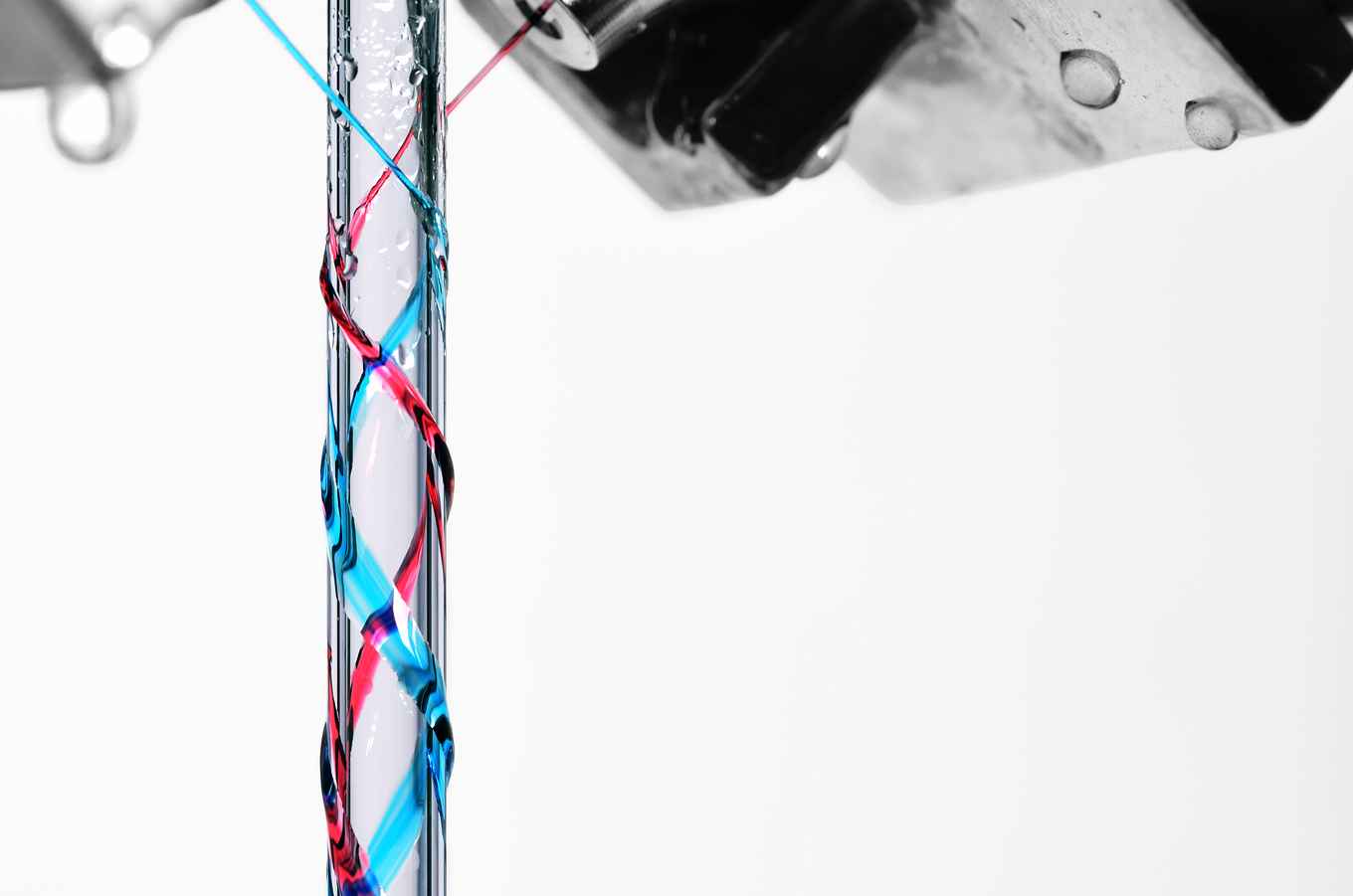Why we always spill tea
9 May 2019

Despite its ubiquity, understanding the teapot effect has proven particularly difficult. Almost three centuries after the first study, it is nowadays accepted that the adhesion between the liquid and the solid comes from the combination of wetting and the presence of a depression in the fast turning liquid – similar to the one above airplane wings that allows the plane to fly. However, no theory has been able to capture exactly when the clinging occurs.
Helix-shaped swirls
By shooting jets of water onto vertical cylinders, the researchers observed that the liquid can cling to the cylinder, just like it clings to your teapot. Because of the clinging effect, the water swirls around the cylinder to form a helix. By modeling the helix shape and how it is formed, the team was then able to predict the exact clinging behaviour for the first time.
Because this type of clinging occurs every time a liquid stream must detach from a solid, the result can not only be used to make teapots that don’t spill as much – it will also be useful for many industrial processes, ranging from pouring to 3D printing.
Reference
E. Jambon-Puillet, W. Bouwhuis, J.H. Snoeijer and D. Bonn: ‘Liquid Helix: How Capillary Jets Adhere to Vertical Cylinders’, in: Physical Review Letters 122, 184501 (8 May 2019). Doi: https://doi.org/10.1103/PhysRevLett.122.184501.